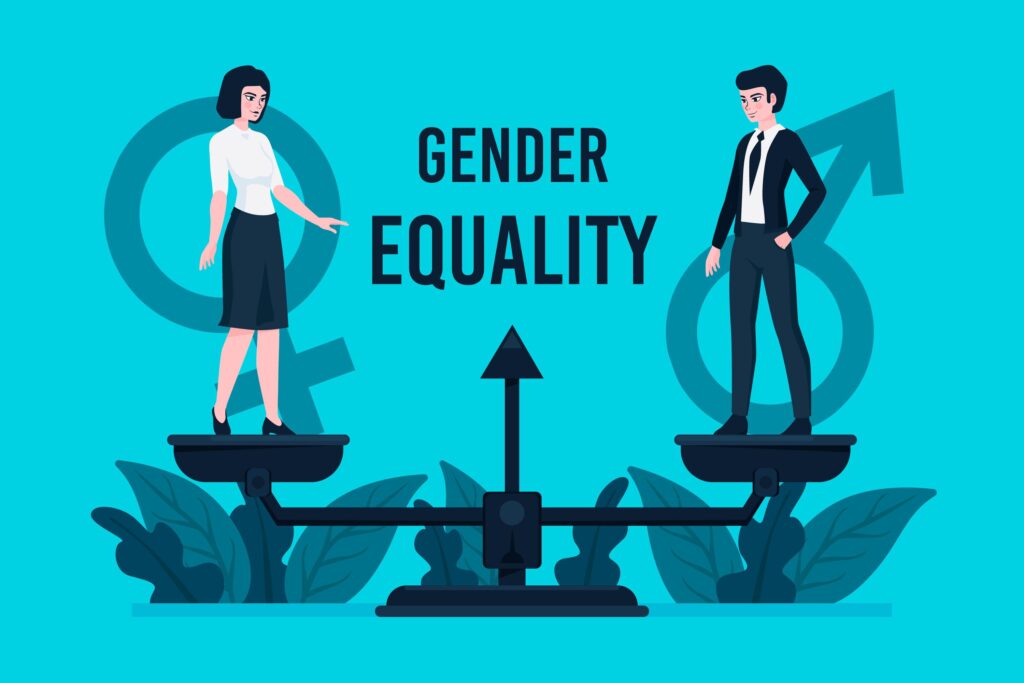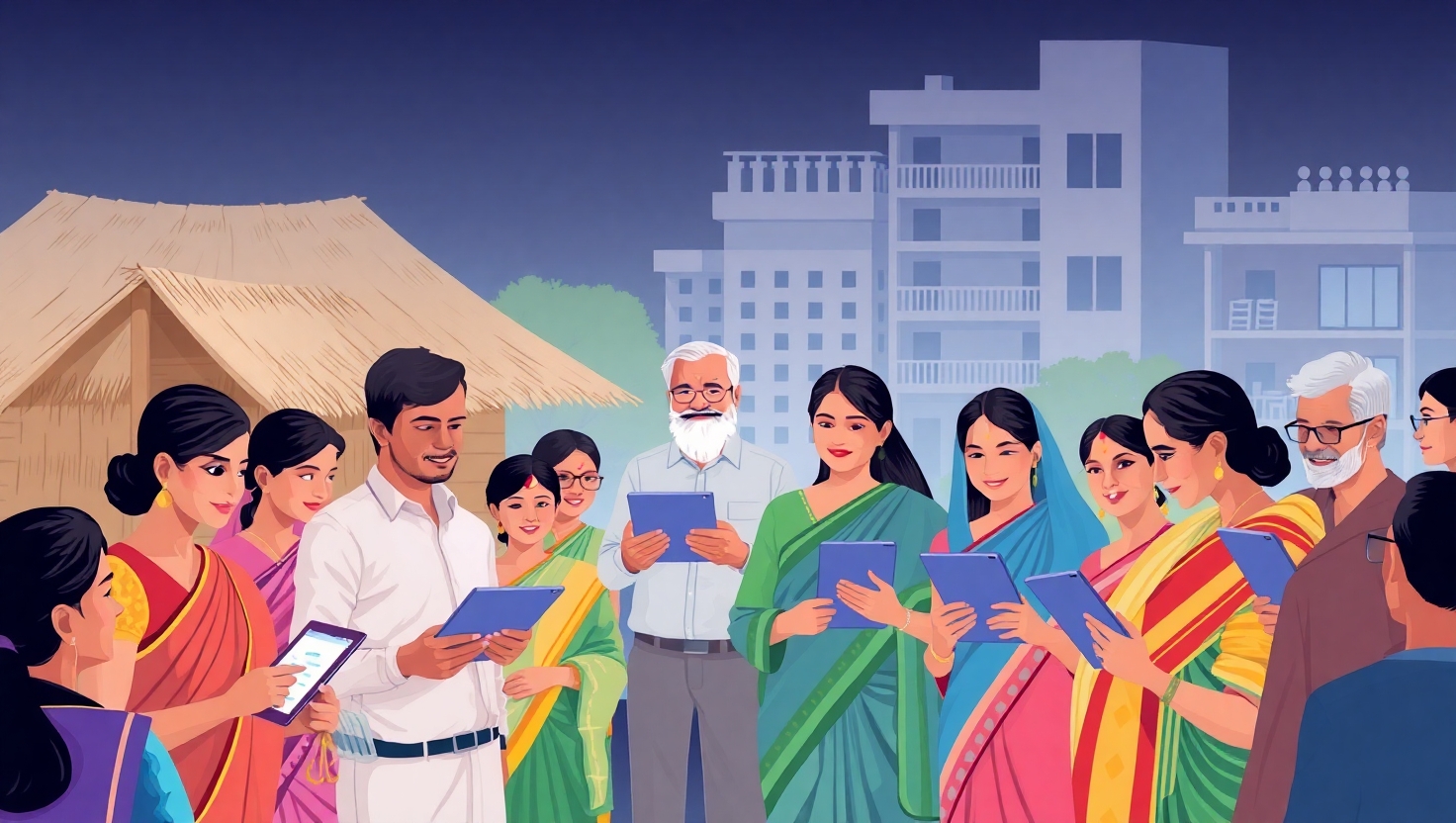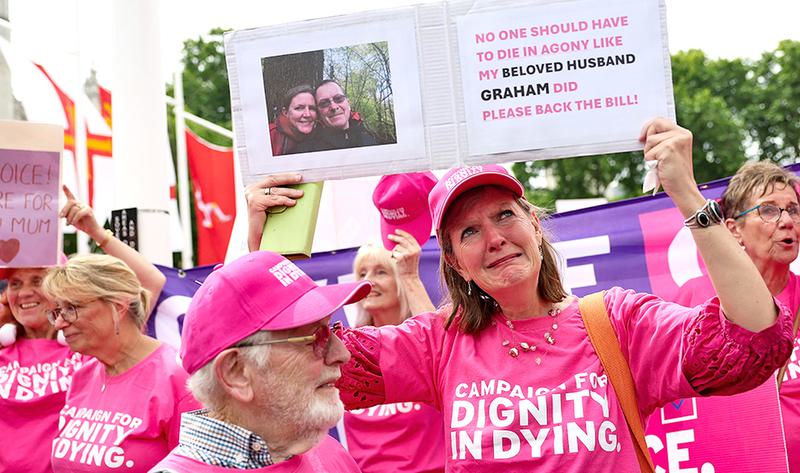Gender Equity in Urban Bureaucracy
Syllabus: Governance | Social Justice
Source: The Hindu
Why In News:
A recent policy insight by Janaagraha highlighted that although women now occupy nearly 46% of elected positions in urban local governments, the urban bureaucracy—including planners, engineers, and police—remains largely male-dominated. This limits truly inclusive and gender-sensitive governance in Indian cities.
What is Gender Equity in Urban Bureaucracy?
Gender equity means ensuring equal representation, opportunities, and influence for women in urban administrative and technical roles such as:
- Municipal Officers
- Urban Planners
- Engineers
- Law Enforcement (Police)
Current Status:
| Sector | Women’s Representation |
|---|---|
| Indian Administrative Service (IAS) | Around 20% women (as of 2022) |
| Urban Local Bodies (ULBs) | Over 46% of elected seats held by women |
| Police Force | Only 11.7% women, mostly in non-field roles |
| Engineering Workforce | Just 14% women, though women make up 40% of STEM graduates |
Why Gender Equity in Urban Bureaucracy is Essential:
1. Inclusive Urban Planning:
Women professionals are more likely to consider issues like:
- Safety in public spaces
- Accessibility for caregivers, elderly, and children
- Travel patterns specific to women
Example:
84% of women in cities like Delhi and Mumbai depend on public transport (ITDP-Safetipin survey).
2. Focus on Local Infrastructure:
Women officials often prioritize essential services such as:
- Street lighting
- Public toilets
- Clean water and healthcare
Example:
Safetipin audits reveal over 60% of urban public spaces lack proper lighting, impacting women’s mobility.
3. Gender-Sensitive Policing:
More women in police reduce barriers for reporting crimes like domestic violence and harassment.
Example:
Only 11.7% of India’s police force is women, affecting trust and accessibility.
4. Better Community Engagement:
Women administrators encourage participatory governance and responsive policymaking.
Example:
Kerala’s Kudumbashree initiative has strengthened women’s role in local governance.
5. Bridging Gaps Between Elected Representatives and Bureaucracy:
More women in bureaucracy ensures elected women leaders in ULBs can translate their priorities into effective outcomes.
Positive Impacts of Gender-Inclusive Bureaucracy:
On Society:
- Improved safety in public spaces through better lighting, surveillance, and design
- Public transport systems reflect women’s travel needs (e.g., Delhi’s women-only buses)
- Inclusive urban design for marginalized groups like the elderly, disabled, and children
- Better sanitation, housing, and health services for low-income women
Global Example:
In Brazil, women-led city governments focused on slum upgrades and maternal health.
On Governance:
- Gender Responsive Budgeting (GRB) becomes institutionalized (e.g., Kerala, Tamil Nadu)
- Citizen-centric policies that reflect lived experiences, not just economic statistics
- Gender-sensitive policing boosts law and order and community trust
- Women leaders reduce corruption and improve transparency (UNDP, ICRIER studies)
- Stronger local democracy aligned with the 74th Constitutional Amendment
Key Challenges to Gender Equity in Urban Bureaucracy:
- Structural Barriers:
Fewer women in technical fields like engineering, policing, and planning due to lack of scholarships, support systems
Example: Less than 10% of town planners in ULBs are women (MoHUA reports) - Workplace Discrimination:
Gender bias, limited mentorship, and glass ceilings hinder women’s career growth - Lack of Gender-Specific Data:
Without proper data, urban policies fail to address different needs of men and women - Symbolic Gender Budgeting:
Many GRB efforts lack real monitoring or outcomes
Example: Most ULBs do not track gender outcomes of budget allocations (NIPFP & UN Women) - Weak Institutional Mechanisms:
Absence of gender councils or mandatory audits reduces accountability for gender equity
Conclusion:
For Indian cities to be truly inclusive, gender equity must extend beyond politics to the administrative and technical structures that shape urban life. Women in leadership positions can only drive real change if they are supported by a gender-balanced bureaucracy. Inclusive cities begin with inclusive governance.
Exam Relevance:
- GS Paper 2: Governance, Women Empowerment, Urban Local Bodies
- GS Paper 3: Inclusive Development, Urban Planning











